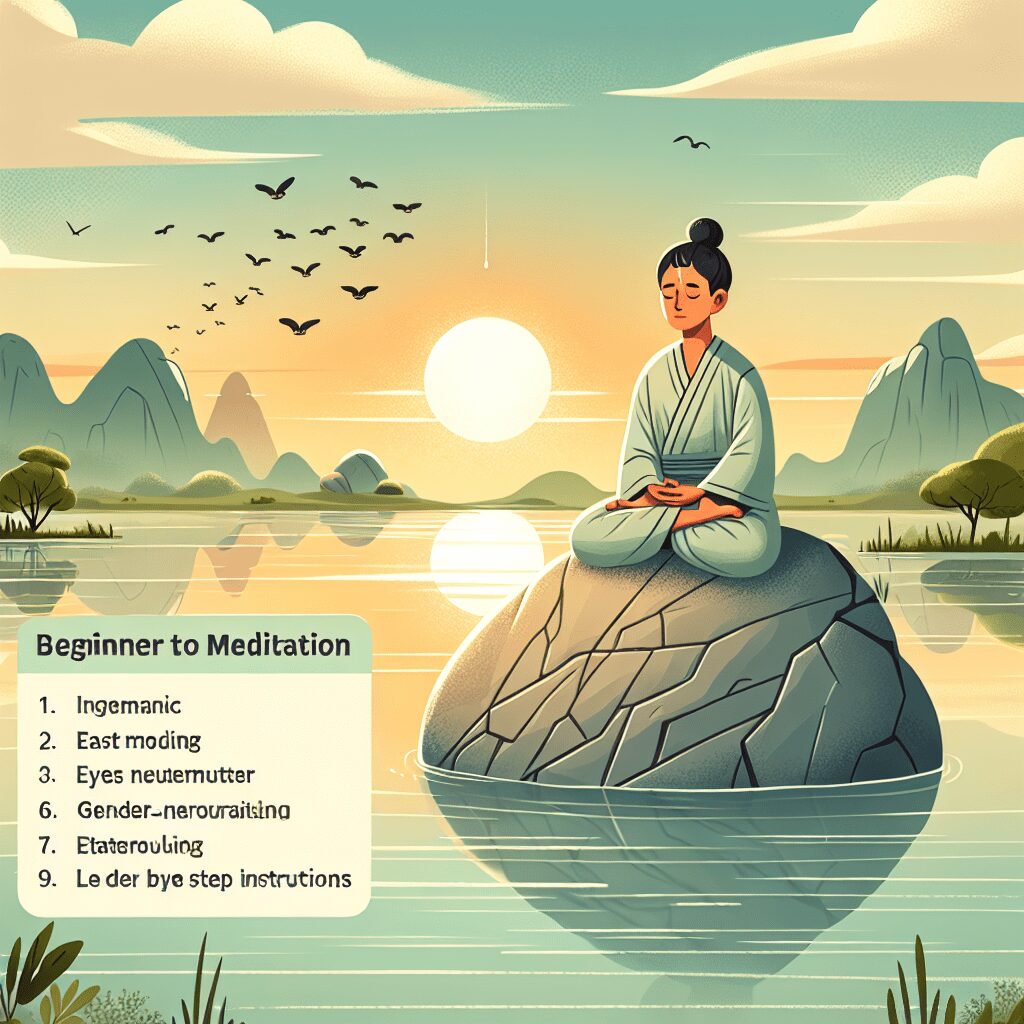
Prioritize your mental well-being daily. Enhance your life by nurturing your mental health with the Smart Meditation app. Break free from stress, alleviate anxiety, and enhance your sleep quality starting today.
What Is The Difference Between Transcendental Meditation And Vedic Meditation?
Demystifying Meditation: Transcendental vs. Vedic Showdown
In today’s fast-paced lifestyle, where the buzz of smartphones never ceases and the pressure cooker of work never stops whistling, finding a moment of serenity seems almost like searching for a needle in a haystack. Enter meditation – an age-old practice that has promised, and delivered, moments of profound peace and clarity to millions. Among the plethora of techniques, Transcendental Meditation (TM) and Vedic Meditation take center stage. However, they’re often tossed in the same basket, creating a bit of a noodle scratcher for those eager to dive into the world of mindfulness. So, what exactly sets them apart? Let’s unravel this mystery.
Transcendental Meditation: The Gateway to Inner Peace
Transcendental Meditation, a term that sounds like something out of a fantasy novel, is actually a pretty down-to-earth practice. In the simplest terms, TM is about using a mantra – a word or phrase repeated silently – to help the mind settle down into a state of profound calm. It’s like giving a restless child a soothing lullaby, allowing the mind to gently focus without exertion.
Here’s the lowdown on TM: Ease of Learning: TM is touted for its simplicity. You don’t have to be a yogi living atop a secluded mountain to get the hang of it. Structured Guidance: One typically learns TM through a certified instructor in a course that spells out clear steps and stages of progression. The Mantra Factor: Each practitioner gets a personalized mantra, a secret sauce making the experience uniquely tailored. Scientific Backing: A plethora of studies sing praises of TM’s benefits, from reducing stress to enhancing brain function.
Vedic Meditation: The Ancient Art of Balance
Vedic Meditation, on the other hand, is like the older, wise sibling of TM. It draws directly from the Vedas, ancient Indian texts that are the bedrock of many spiritual practices. While similar in technique – yes, it also uses mantras – Vedic Meditation is a bit more laissez-faire in its approach.
What makes Vedic Meditation stand out? DIY Spirit: While learning from a teacher is advised, Vedic Meditation is more open to self-teaching, offering more autonomy to the practitioner. Flexibility in Mantras: Unlike in TM, the mantras used in Vedic Meditation are less of a closely-guarded secret and more of a shared tool for everyone. Integration with Lifestyle: The foundation of Vedic Meditation is not just about those 20 minutes of practice but how it intertwins with your daily life, aiming for a holistic balance.
Choosing Your Path
So, when it boils down to picking between TM and Vedic Meditation, what’s the verdict? Well, it’s a bit like asking whether chocolate or vanilla is the superior ice cream flavor. It’s all about personal preference.
If you’re someone who thrives on structure and appreciates scientific validation, diving into Transcendental Meditation might just hit the spot. Or, if you view yourself as a free spirit, someone who values flexibility and autonomy, giving Vedic Meditation a whirl could be your cup of tea.
Regardless of your choice, embarking on a journey towards mindfulness is akin to planting a garden. It requires patience, care, and a bit of love. But the blooms that await are worth every bit of effort. Whether through the lens of TM or Vedic Meditation, the vista of inner peace is a view like no other. Remember, in the grand tapestry of life, threading moments of tranquility into the fabric of our daily hustle is not just a luxury; it’s a necessity. So, why not start today?





